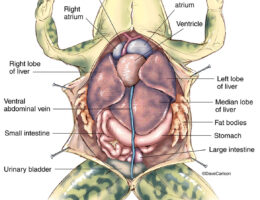The muscles of a horse are complex and powerful, allowing the animal to move and perform tasks such as running, jumping, and carrying riders or loads. Here is a brief description of the labeled parts of a horse’s muscles:
- Trapezius: A large muscle that covers the top and sides of the neck and shoulders.
- Deltoid: A triangular muscle that covers the upper part of the shoulder.
- Biceps brachii: A muscle that extends from the shoulder to the elbow and is responsible for flexing the elbow joint.
- Triceps brachii: A muscle that extends from the shoulder to the elbow and is responsible for extending the elbow joint.
- Pectoralis: A large muscle that covers the chest and is responsible for moving the forelimbs forward.
- Abdominals: A group of muscles that make up the horse’s abdominal wall and are responsible for flexing the spine and supporting the internal organs.
- Gluteals: The large muscles that make up the horse’s hindquarters and are responsible for extending the hip joint.
- Hamstrings: A group of muscles that extend from the hip to the knee and are responsible for flexing the knee joint and extending the hip joint.
- Gastrocnemius: The large muscle that covers the back of the lower leg and is responsible for extending the ankle joint.
- Soleus: A smaller muscle that extends from the knee to the ankle and is responsible for extending the ankle joint.
- Quadriceps: A group of muscles that extend from the hip to the knee and are responsible for extending the knee joint.
- Adductors: A group of muscles that pull the hind legs inward toward the midline of the body.
- Serratus ventralis: A muscle that covers the ribs and is responsible for expanding and contracting the chest during breathing.
These are the main labeled parts of a horse’s muscles. The muscles of a horse work together in complex and coordinated ways to produce the animal’s movements and support its body, and are essential for its health and wellbeing.



